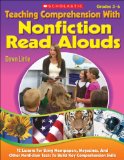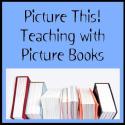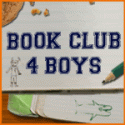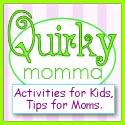This month I plan to post resources to help parents as they try to raise a reader. Perhaps through the resources I share, you’ll find something to help you engage your child in reading over the summer (and beyond!).
 Written by an educator and librarian, How to Get Your Child to Love Reading: For Ravenous and Reluctant Readers Alike
Written by an educator and librarian, How to Get Your Child to Love Reading: For Ravenous and Reluctant Readers Alike is a 500+ page guide for parents! Codell provides activities, ideas, and inspiration for exploring everything in the world through books. Codell, resists grouping books by age level. Instead, she offers a simple method for determining whether a book is too difficult while pointing out that kids may listen on a much higher level than they read. She offers scores of thematic book lists parents can use to inspire young readers, ranging from topics as diverse as medieval England to dinosaurs or hiccups.
Inside this fantastic resource, you will find:
- Over 3,000 hand-picked titles on every subject under the sun
- Hundreds of child-tested, teacher-approved craft ideas, storytimes, book-based parties, mad-scientist experiments, cooking forays, web-site recommendations, and reading-club activities
- Reassuring and simple approaches to reading aloud with children from birthday through eighth grade
- Support for parents of reluctant readers and enriching ideas for eager readers
- Extensive indexes for locating books by subject, author, and title
- Suggestions for volunteer activities and for getting involved in your child’s school
- Easy access to award-winning books
- Exciting ways to reward reading progress
This book is an indispensable resource for all parents who want to engage their children in reading. And like Jim Trelease before her, Codell also has her own website where she continues to share information on reading aloud for parents, educators, and librarians.
©2010 by Dawn Little for Literacy Toolbox. All Rights Reserved. All Amazon links are affiliate links and may result in my receiving a small commission. This is at no additional cost to you.


















